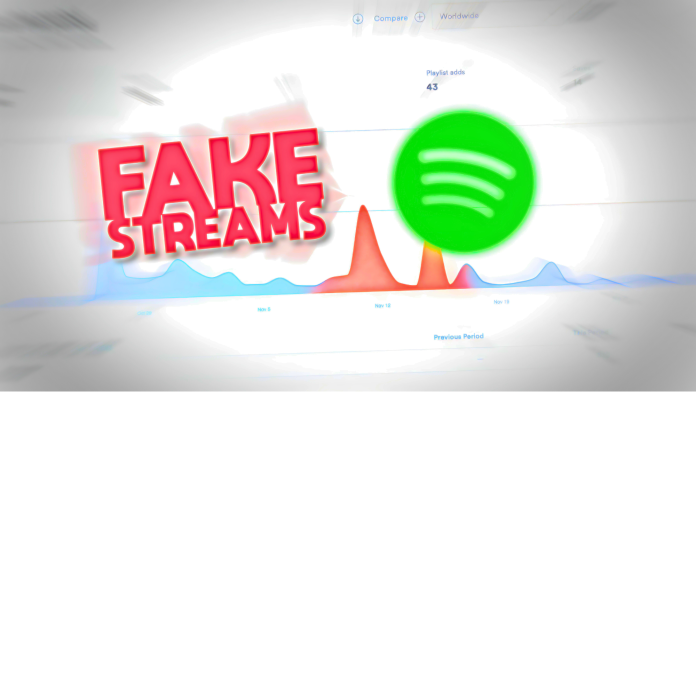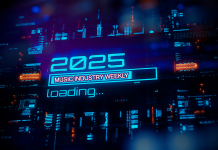
The rise of bot streams on Spotify has introduced significant challenges in the music industry, affecting how artists are compensated and reshaping how music is valued. While streaming platforms have transformed music discovery, the prevalence of artificial streams has introduced new issues. Addressing these streams is critical to maintaining platform integrity and ensuring artists are rewarded fairly.
The Impact of Bot Streams on Spotify’s Revenue and Fairness
Bot streams on platforms like Spotify create inflated streaming numbers by using automated systems or paid services to manipulate play counts. While some artists may view bots as a quick way to boost visibility, the artificial inflation harms platform fairness by diluting the royalty pool. When these streams make up a sizable share of total listens, legitimate streams lose value, redirecting revenue away from artists who have cultivated authentic fanbases.
Spotify has increasingly cracked down on bot-related activity. The platform’s detection algorithms identify suspicious patterns, flagging songs or accounts that exhibit unusual streaming behaviors. When bot streams are detected, Spotify may remove these streams from the royalty count, reduce the visibility of affected songs, or even suspend accounts. Even artists unaware of bot activity risk these penalties, which can derail promotional strategies and revenue potential.
Real-World Consequences for Independent Artists
The impact of bot streams on Spotify is especially damaging to independent and unsigned artists. With limited industry support, these artists often rely on platforms like Spotify to generate exposure and revenue. When bot activity leads to penalties, the effects can be severe. Things like leading to withheld royalties, reduced visibility, and potential reputational damage. A particularly harmful tactic known as “malicious sabotage” occurs when rival parties direct bot traffic to an artist’s profile, triggering Spotify’s detection algorithms. This tactic can hinder an artist’s revenue, playlists, and even their eligibility for promotional features on Spotify’s platform.
For artists using distribution services like DistroKid, bot detection can result in the withholding of earnings if streams are flagged as fraudulent. Given that many independent artists rely on these revenue streams, even short-term disruptions can create financial instability, leading artists to face legal and financial hurdles to recover lost income.
Avoiding Bot-Related Pitfalls: Building a Sustainable Fanbase
Artists should prioritize organic growth and avoid promotional services that guarantee streams or playlist placements, as these often involve bots. While artificial growth may seem like a quick fix, the long-term risks outweigh the benefits. Instead, artists should focus on developing genuine engagement through social media, live-streaming events, and direct fan interactions. Building a loyal fanbase organically not only reduces the risk of bot penalties but also strengthens the artist’s brand.
Spotify encourages artists to keep an eye on their Spotify for Artists dashboard. Artists can identify unusual patterns that may indicate bot activity. Transparent communication with fans about genuine support helps reinforce an artist’s commitment to organic growth.
Addressing the Industry-Wide Challenge of Bot Detection
The rise of bot streams reflects broader challenges within the streaming ecosystem. Platforms like Spotify continue to refine bot-detection algorithms to prevent artificial inflation. These efforts can be imperfect, sometimes misidentifying legitimate streams. Artists and industry professionals argue for increased transparency in bot-detection methods. They advocate for clear guidelines that help artists understand how to stay compliant. Streamlining communication and offering dispute options could allow innocent artists to resolve issues without facing severe penalties.
Beyond detection improvements, some industry experts suggest that Spotify and other platforms explore decentralized or blockchain-based tracking systems. These tools could verify listener activity in real-time, adding a layer of transparency and authenticity to streaming metrics. Platforms could reduce fraudulent activity while offering artists a secure way to monitor their reach and engagement.
Conclusion: Emphasizing Organic Growth for a Sustainable Career
The prevalence of bot streams on Spotify underscores the importance of genuine fan engagement and ethical growth strategies. As streaming platforms evolve their detection systems, artists prioritizing authentic connections over artificial boosts are better positioned for long-term success. By understanding the risks of bot-related activities, musicians can build enduring careers while contributing to a more transparent music industry.
Learn the latest industry trends on MIW.







